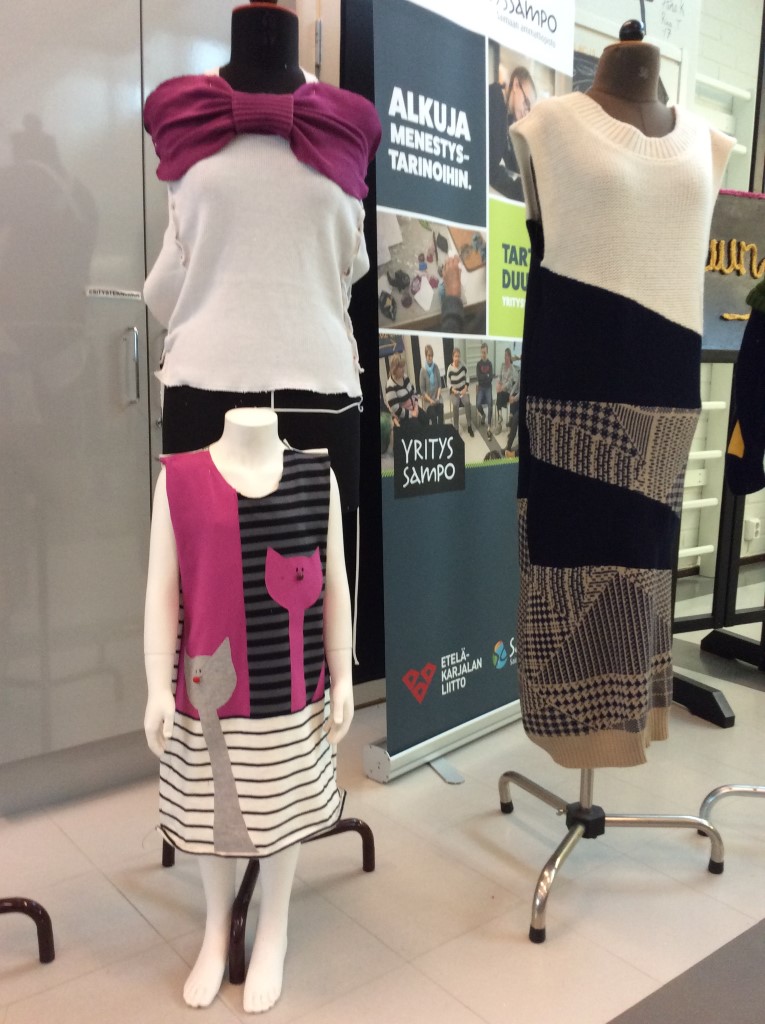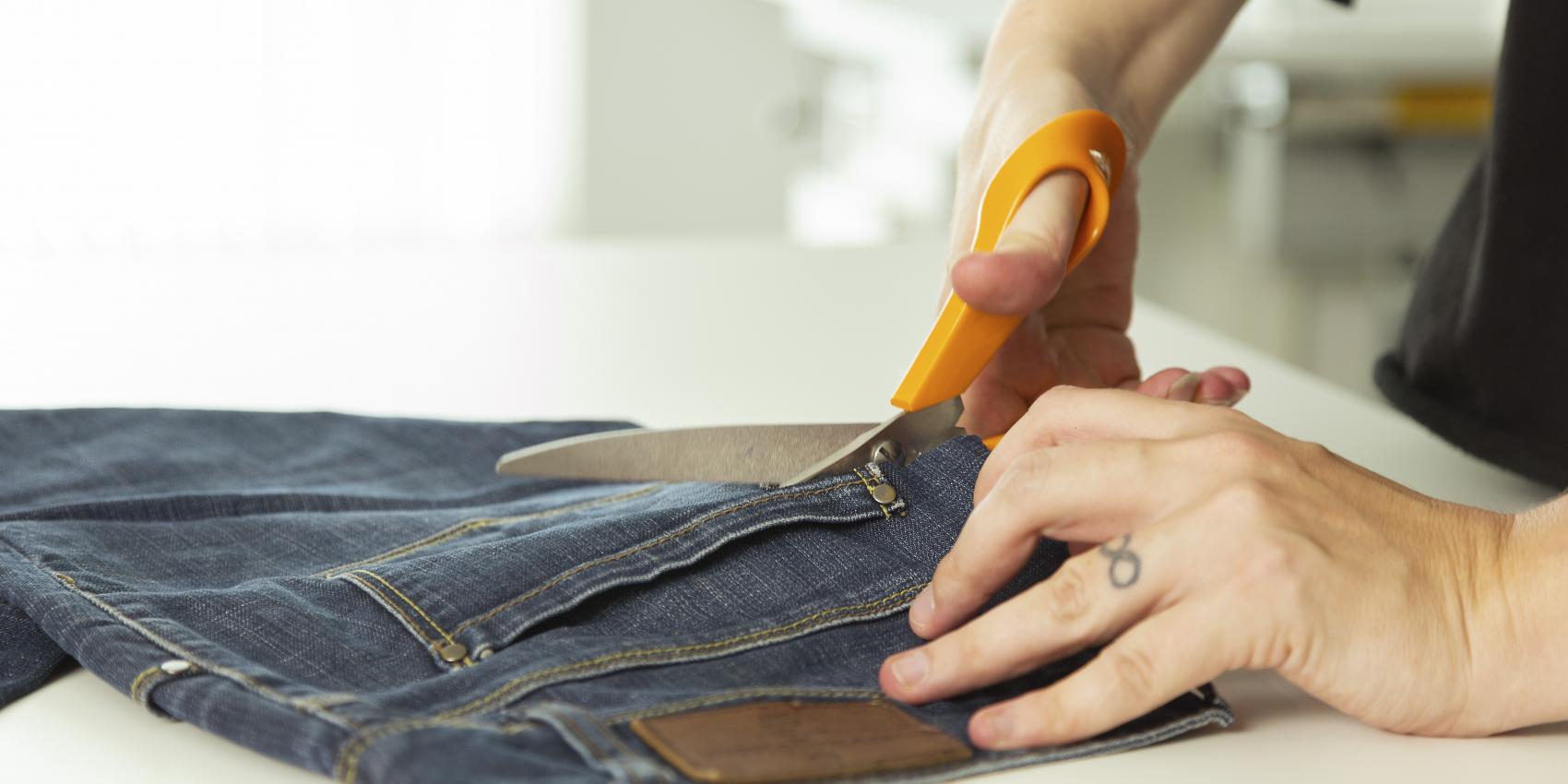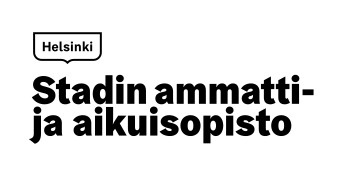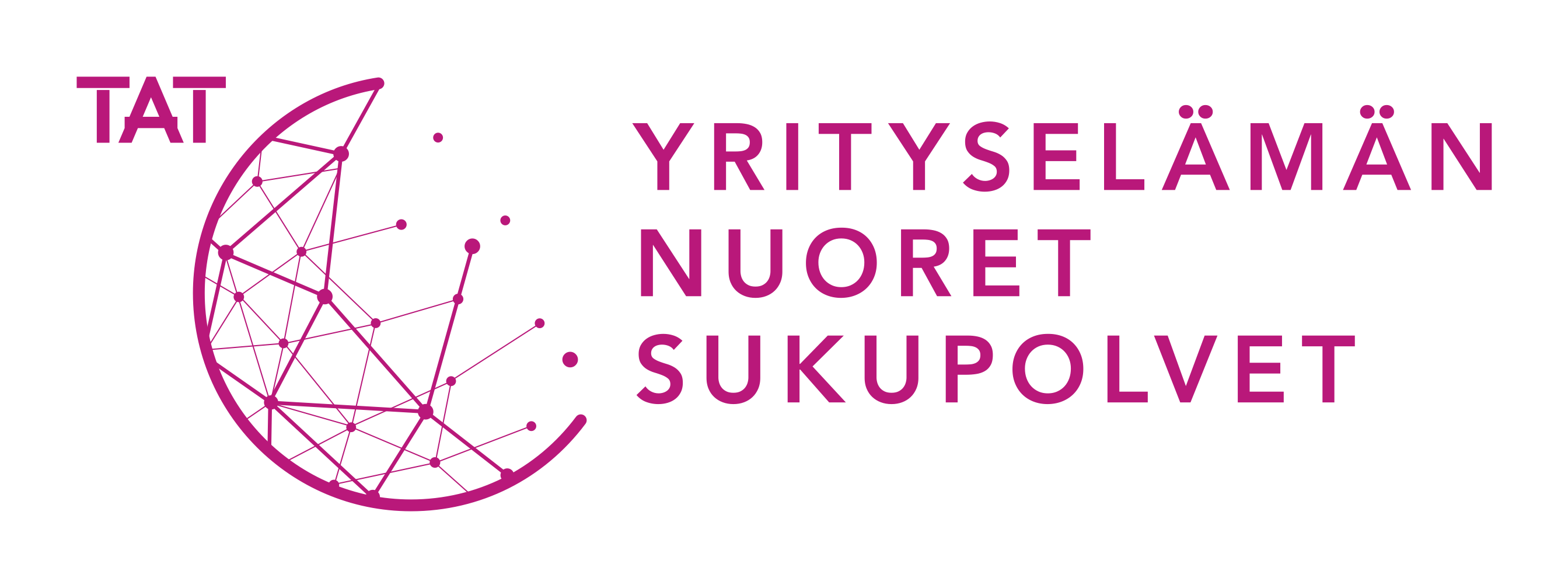The manufacturing process of circular economy products
The manufacturing of a circular economy product is always based on the use of existing materials. Leftover materials come in various forms, including spinning waste, cutting waste or other leftover materials in the form of fabric or clothing.
For materials in the form of fabric, the production method does not differ from the traditional manufacturing process. Minimising leftover materials must always be taken into account in the cutting plan.
Several different techniques can be used when utilising materials in the form of clothing. These include repair, partial alteration, more comprehensive alteration (rebuilding) and combining several products so that the products are used in part or in full. The original product is partially opened by making use of the previous product’s shape, or the product can be filleted into pieces of fabric.
The reuse of clothing or leftover materials requires particular care in the design and cutting phases and takes more time than corresponding phases in the manufacturing of products from new materials or fabric.
{"preview_thumbnail":"/sites/default/files/styles/video_embed_wysiwyg_preview/public/video_thumbnails/zpd6V38K7r4.jpg?itok=Bihdex0K","video_url":"https://www.youtube…","settings":{"responsive":1,"width":"854","height":"480","autoplay":0},"settings_summary":["Embedded Video (Responsiivinen)."]}
Planning the manufacturing process
In the manufacturing of circular economy products, the planning of the manufacturing process also plays an important role. A well-planned work plan helps you avoid and anticipate problems in the assembly process. It could be said that well-planned is half done.
The manufacturing process starts with the preparation of a work plan. The product can be a single product or a small batch of products. One or more images are drawn of the product or product parts at the scale to be implemented. It is important to consider the product’s appearance from all sides, i.e. images from the front, side and back, particularly when making asymmetrical products. You should discuss the initial ideas and problem situations with the instructor and the entire team and develop the product further based on any new ideas for development and alternative solutions.
Work instructions for implementing the product are prepared in writing or in the form of pictures. Suitable work and manufacturing methods are chosen for the work, in addition to the seam structures and any techniques used to treat the surface. For difficult sections, it is recommended that several experiments be carried out with different materials and techniques or that a prototype be made first. This allows any problems related to the assembly and technique to be avoided or an entirely new solution to be invented to resolve the problem. The shape of the material must also be taken into account in the preparation of the work plan, i.e. if an item of clothing is used as the material, the cutting method is different to that for cutting new fabric. The cutting must be planned so that the actual positions of the seams are specified, in addition to any additional seams if the piece is cut from several parts. A schedule is prepared for the implementation.
Pattern making or designing
In the pattern making phase, the product(s) can be made according to a normal pattern making plan. When a finished product, such as a pair of jeans, is used as the material, the pattern can be made directly on a mannequin on a design basis. When the design is ready, a raw pattern is made of it before the model is sewn together into a test piece. The raw pattern can be changed by adjusting the dimensions of the pattern or the measurements in the measurement table. If necessary, the pattern can be graded.
The design process allows the shape of the original product to be utilised in the new product, which would be difficult to accomplish using traditional patterns for fabric.
Drawn sketches can be used to support the design process, or the design can be implemented directly on a mannequin. By using and utilising the shape of the original product, it is possible to utilise the material almost according to the zero waste ideology.
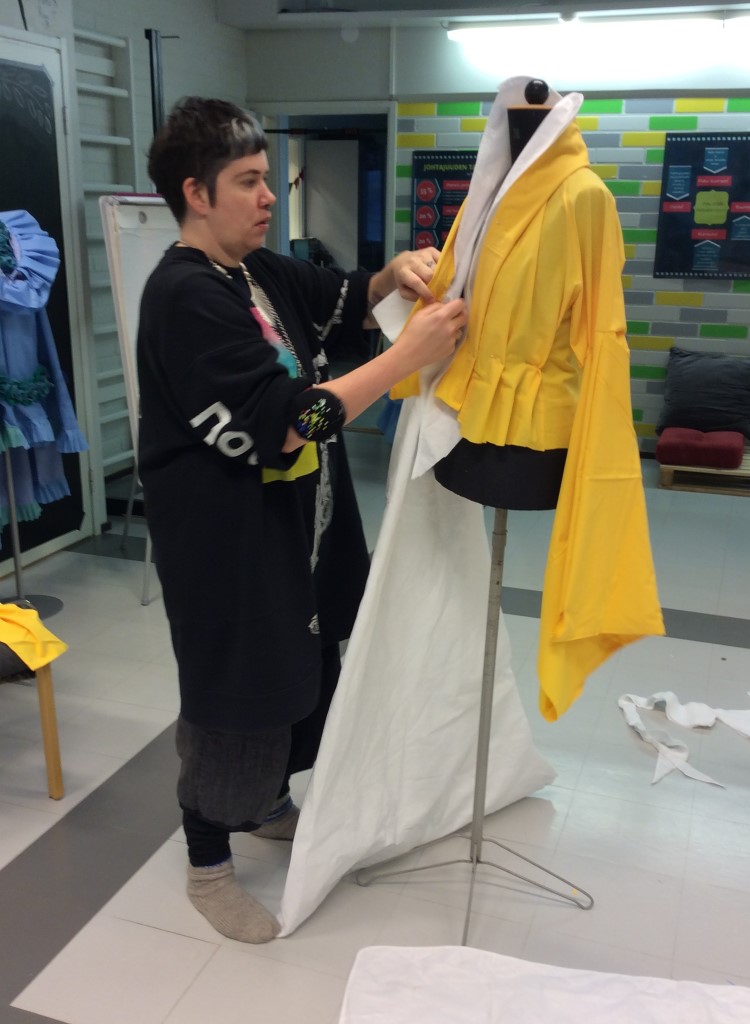
Cutting
The cutting of individual pieces does not differ in any way from the traditional cutting method. Individual pieces are cut as economically as possible. It is possible to cut several products in mass production style as long as the cutting waste is in intact stacks.
The previous shape of the material can be utilised in the cutting, and it is marked down in the pattern. Rather than the shape of the original product being altered, it is transferred to the new product as is. The locations of seam structures in various recycled materials, such as lapped seams on jeans, should be marked down on patterns.
In the cutting plan, attention must be paid to the grains and symmetry. With regard to the cutting of the product, it is good to plan the product’s structures so that the new shape of the pieces follows and makes use of the existing shape of the material being used, which also allows the grains to be partly or fully slanted.
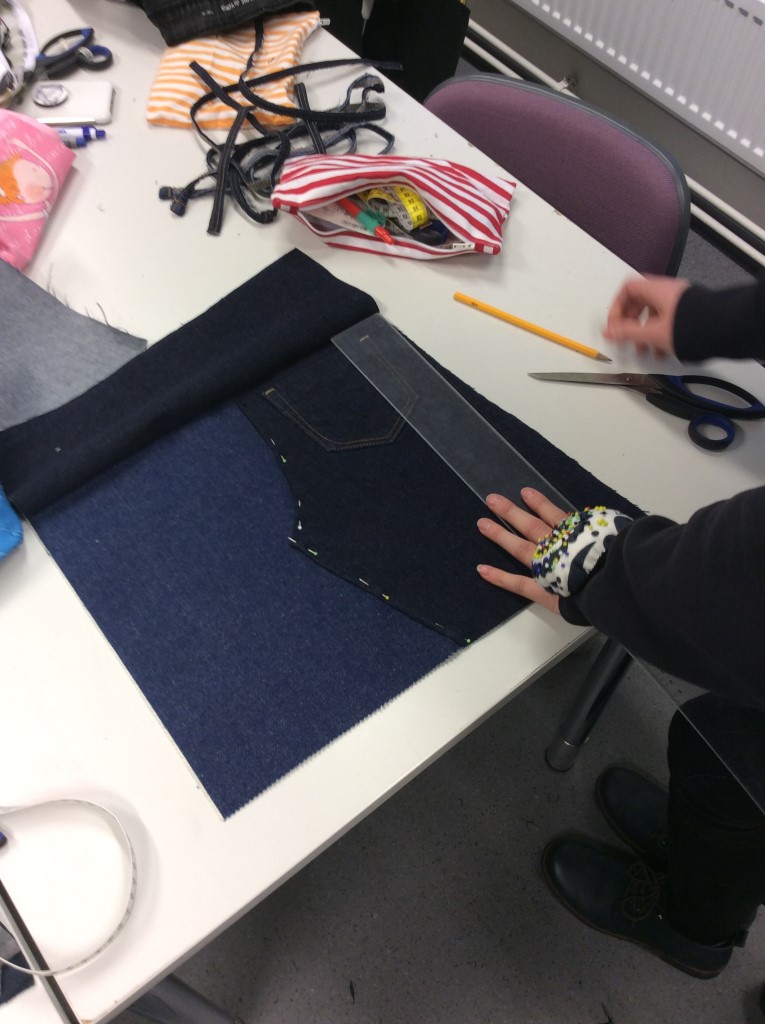
Making a circular economy product
The manufacturing methods of products made of recycled and new materials do not differ from each other. However, the work plan is affected by the reused structures and the existing shapes of the materials.
The product is made with the selected techniques according to the work plan. It is best to proceed systematically and step by step. After each work phase, it is sensible to take a moment to consider the next phase and make the necessary preparations for its implementation, such as ironing or pinning. Every phase must be completed neatly and fully before moving on to the next phase.
The material’s behaviour and properties, such as flexibility, stiffness, shrinkage or stretching, must be taken into account. The product or small batch of products is then finished by ironing, for example, according to the chosen techniques and materials.
